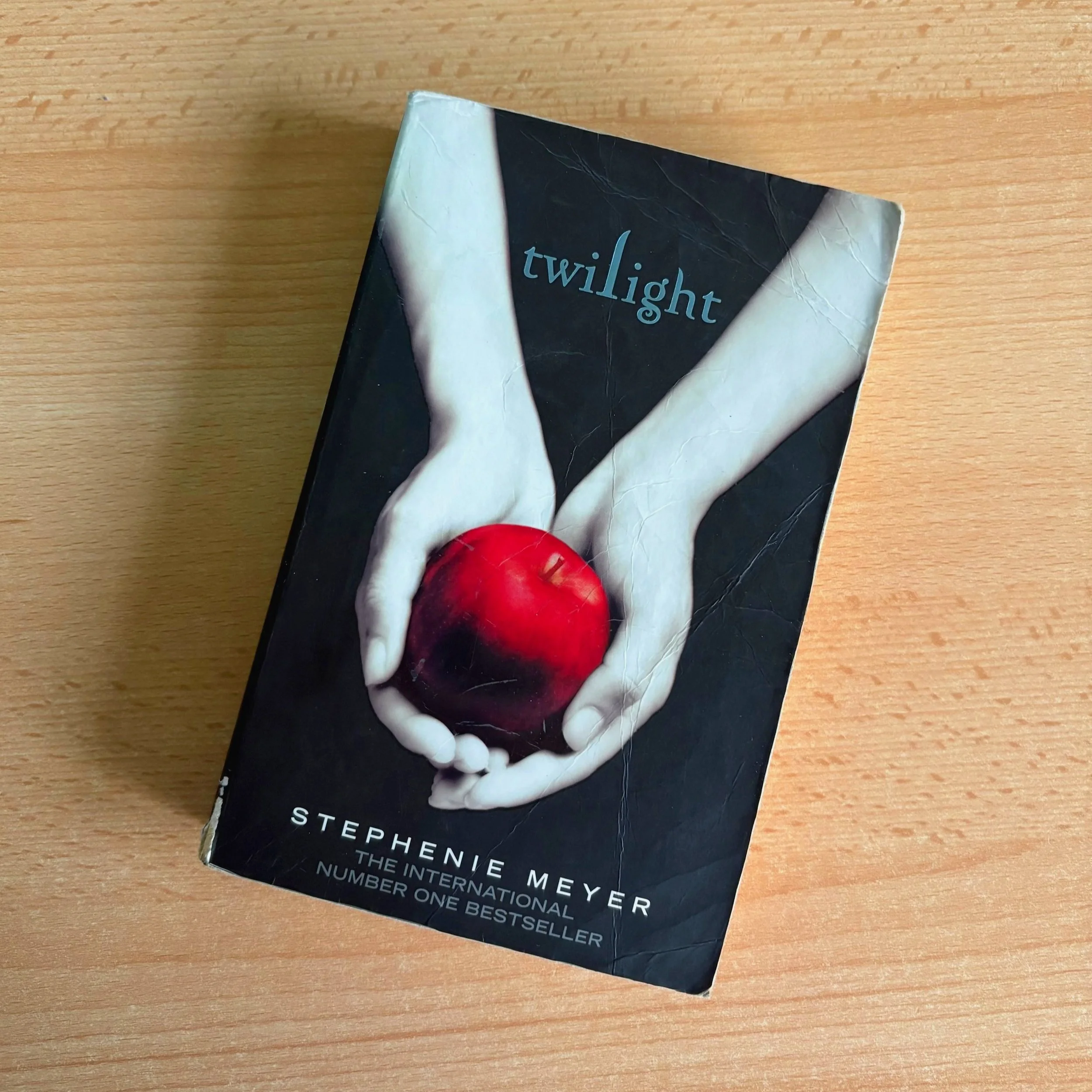Life, Death, or Something In Between?
Apples and Symbolism
I’ve always thought of apples as the most boring fruit, yet after finding my old Twilight book the Baader-Meinhof effect took up residence. I can’t stop seeing apples. Films, books, myths. They are constantly appearing in legends and history with different meanings and symbolism; anything from fertility to conflict. Eve to Eris.
With most ancient fiction work regarding them as ‘mystical’ or ‘forbidden’, the ‘apple’ was a term coined for most fruit, berries, and nuts that were not indigenous to Britain before the 17th century. It was only in the early modern period that different foreign plants were named and identified. Even now the effect lingers; France knows tomatoes as ‘love apples’, and old English works refer to cucumbers as ‘earth apples’. Scholars reflect that the ‘apple’ in old folklore and prose best resembles the psychedelic mushrooms that shamans would use.
The Book of Genesis never specifies the forbidden fruit as an apple, but it’s been an unspoken identification through artistic realisations for several years. Many different scholars have theorised over what the ‘forbidden fruit’ that seduced Eve was, common understanding painting the fruit as a metaphor for sexual relations. Grown on a tree in the centre of Eden, fertile and tempting as the serpent whispered into Eve’s ear. Apples aren’t really a sexy fruit, but they are easy to share, which makes them a bit more flexible to the story of Eve seducing Adam as Lucifer had her. Thus the sin of their coupling had them expelled from the Garden of Eden.
The Garden of Eden can be seen mirrored in Greek Mythology as the Garden of Hesperides, the fruit tree there guarded by a dragon called Landon instead of being staked out by a snake. The golden apples that grow are perhaps best known from when Eris (the goddess of discord and strife) took one and crashed a wedding. This started the chain of events which led to Paris and Helen aka the face that launched a thousand ships, to instigate the Trojan war. These ancient stories both portray the apple as symbolizing knowledge, immortality, temptation, the fall of man, and carnal sins.
This destructive imagery is strangely countered in conceptual art of Greek goddesses; Venus was always pictured holding an apple, and Hera was gifted one on the eve of her and Zeus’ wedding. Even the New Testament features Christ holding an apple as a blatant metaphor for life and rebirth. Fertility, newness, and love are also attached to the fruit, giving it a heady cocktail of mixed meanings and symbolism. These juxtapositions can be found in more modern history as well.
In Celtic customs, a Cornish Samhain festival (celebrated on what we now call Halloween) proceeded the gifting of Allan apples between family and friends. It was a local tradition. Cornish markets flooding with the fruit leading up to the event. Unmarried participants would place the apples under their pillows and beds for luck in receiving love and happiness.
I read a book when I was about fifteen and the protagonist was a witch, and her love interest cut an apple sideways, showing the star shape that the core made. I’m not sure why, but that has always stuck with me. It looks like a pentagram. A five-point star. For this reason, they are often used to decorate harvest festival alters. In contemporary media the pentagram is used as pagan symbolism, or skewed satanism on the front of rock and metal album covers despite it’s biblical roots.
In the folk horror film, The Wicker Man, the island of Summerisle survives off the high quality of apples and fruit it exports, the goddess they worship blessing the island with a good crop. The film follows a cat and mouse game between the island and the outsider, Sergeant Howie, who is placed into a Wicker Man to burn at the end of the film as a sacrifice for continued fertility on the island. Yet the placement into The Wicker Man at the end of the film was not as random a choice as many filmgoers believed. Theories claim that the Druids of Britain would force villagers to bob apples from huge cauldrons of scalding-hot liquid—and get their faces burnt—or be decapitated and thrown into a burning wicker man if they refused; an offer that sounds considerably more extreme than trick-or-treating. While I do not necessarily believe this, I do think that the Druids held a tradition involving bobbing for apples as a fertility ritual, much like the Celts from Cornwall did.
Apples are everywhere in popular culture: The Evil Queen offered Snow White a poison apple in Snow White and the Seven Dwarves, the 2015 folk horror The Witch sees Caleb, the family’s oldest son choking up a rotten apple after being seduced by the witch in the woods. Stephanie Meyer used an apple for the front cover of the first Twilight book to quite literally present the forbidden fruit.
Feminine in nature and ruled by Taurus, Venus and Friday, the apple displays a torrid affair with fertility and destruction, being claimed by both significances and perhaps demonstrating how one cannot live without the other.

